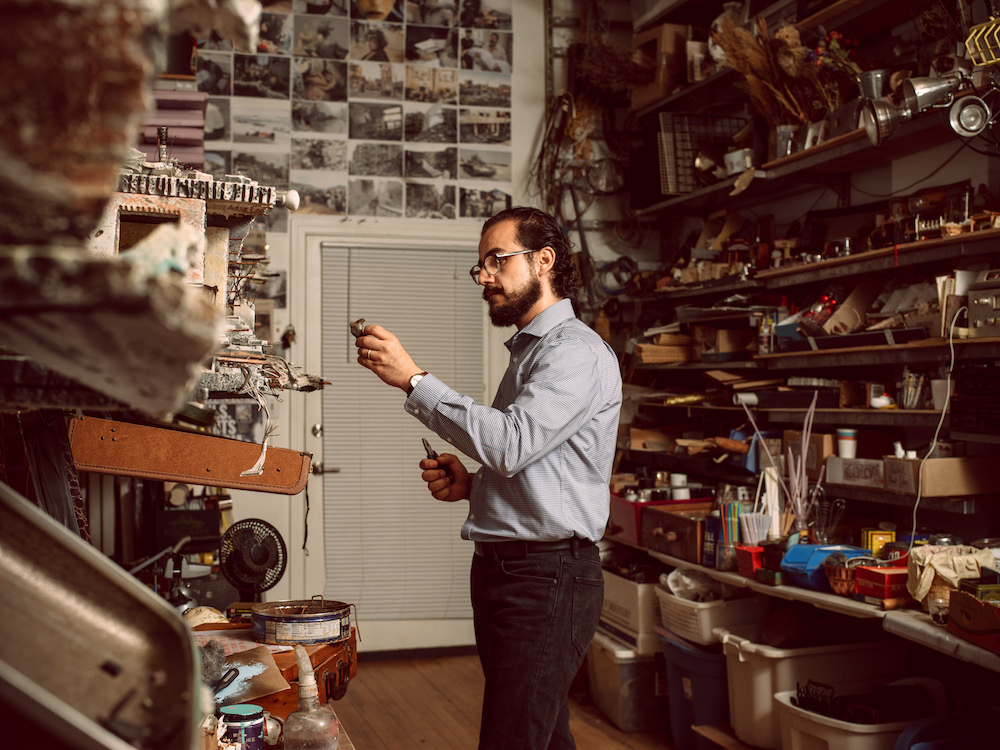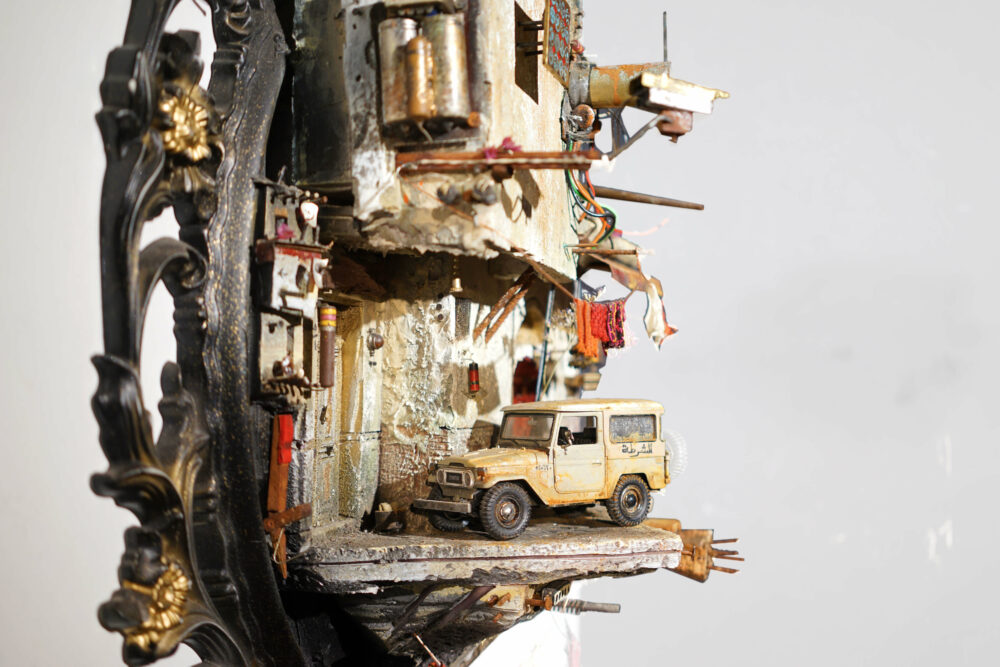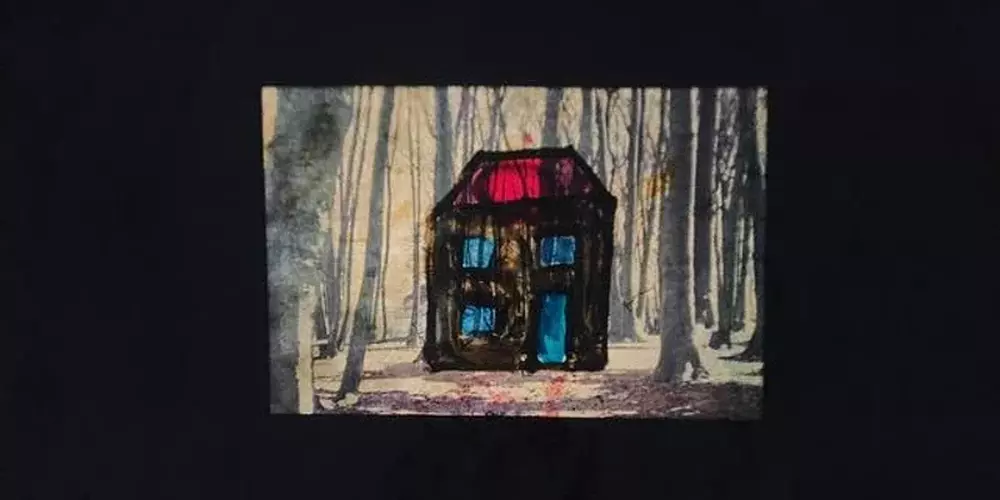Artist Talk
Mohamad Hafez
Responding to the atrocities of the Syrian war, much of the Mohamad Hafez’s work depicts cities and homes besieged by civil war. Though tiny in scale they capture the magnitude of the devastation and poignantly expose the fragility of human life.
The artist describes the initial motivation for his artwork as being a deep homesickness. Having gone to the USA from Syria in 2003 on a single-entry visa to study architecture, he realised that he couldn’t return to his home country. As a way to address his longing for home he decided to conjure it through his art by drawing on the memories and sketches he had made whilst he was there to recreate in tiny but tangible form, the architecture and street scenes of his home city of Damascus.
Since the beginning of the Syrian War in 2011 the artist’s motivation has taken a different turn. Through it Mohamad now seeks to humanise the word refugee and to remind people of Syria’s rich cultural history that is being eradicated through war.
About The Artist
A Syrian-American artist and architect, Mohamad Hafez was born in Damascus, raised in the Kingdom of Saudi Arabia, and educated in the Midwestern United States. Expressing the juxtaposition of East and West within him, Hafez’s art reflects the political turmoil in the Middle East through the compilation of found objects, paint and scrap metal. Using his architectural skills, Hafez creates surrealistic Middle Eastern streetscapes that are architectural in their appearance yet politically charged in their content.
Responding to the atrocities of the Syrian war, Hafez’s recent work depicts cities besieged by the civil war to capture the magnitude of the devastation and to expose the fragility of human life. However, in contrast to the violence of war, his art imbues a subtle hopefulness through its deliberate incorporation of verses from the Holy Quran.
At the core of Hafez’s work, the verses offer a distinct contrast between the stark pessimistic reality of destruction and the optimistic hope for a bright future. Scenes reiterate narratives from the Qur’an to affirm that, even during the darkest of times, patience is necessary for the blossoming of life and that, eventually, justice will prevail.



